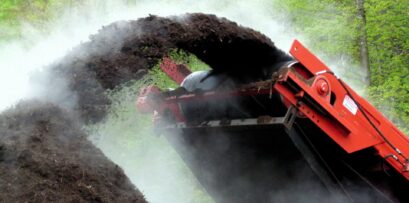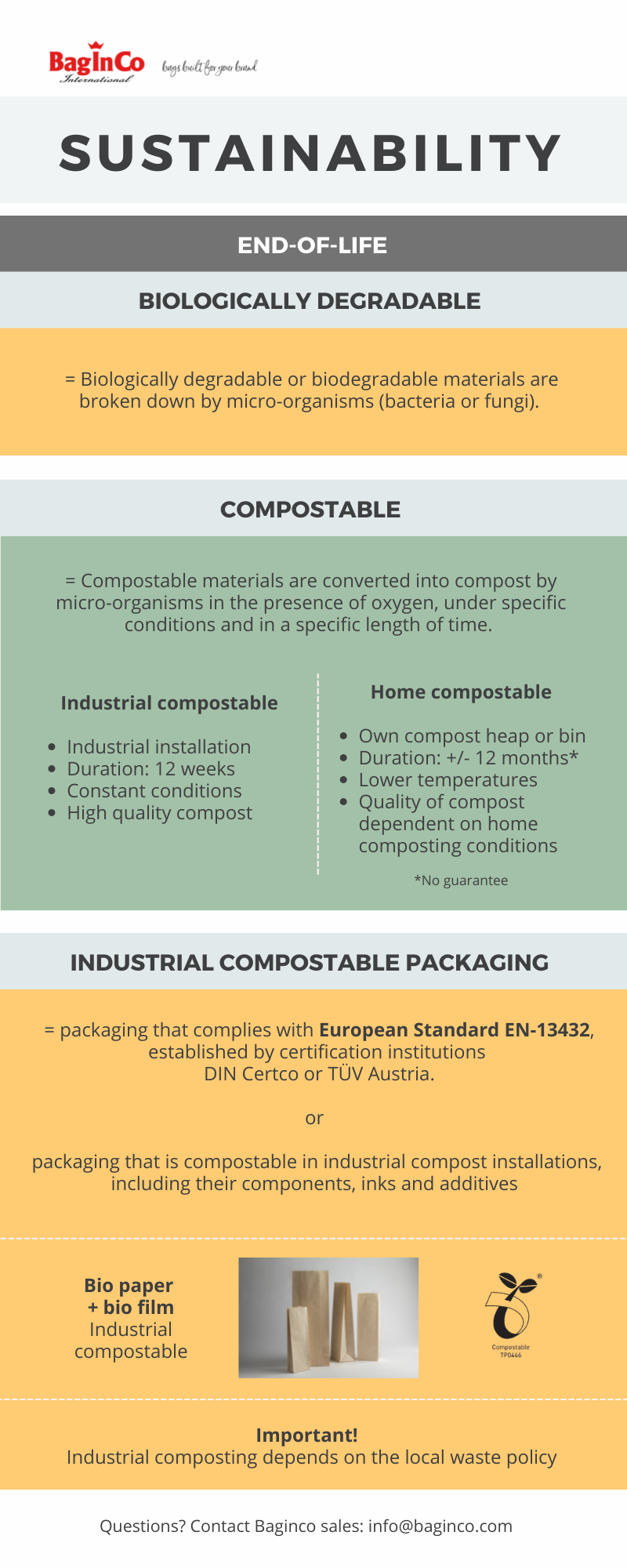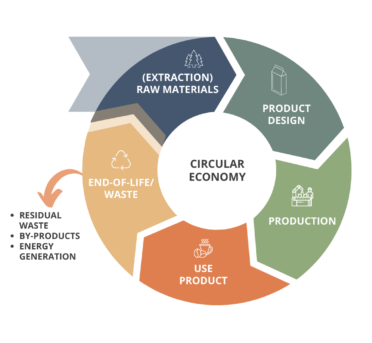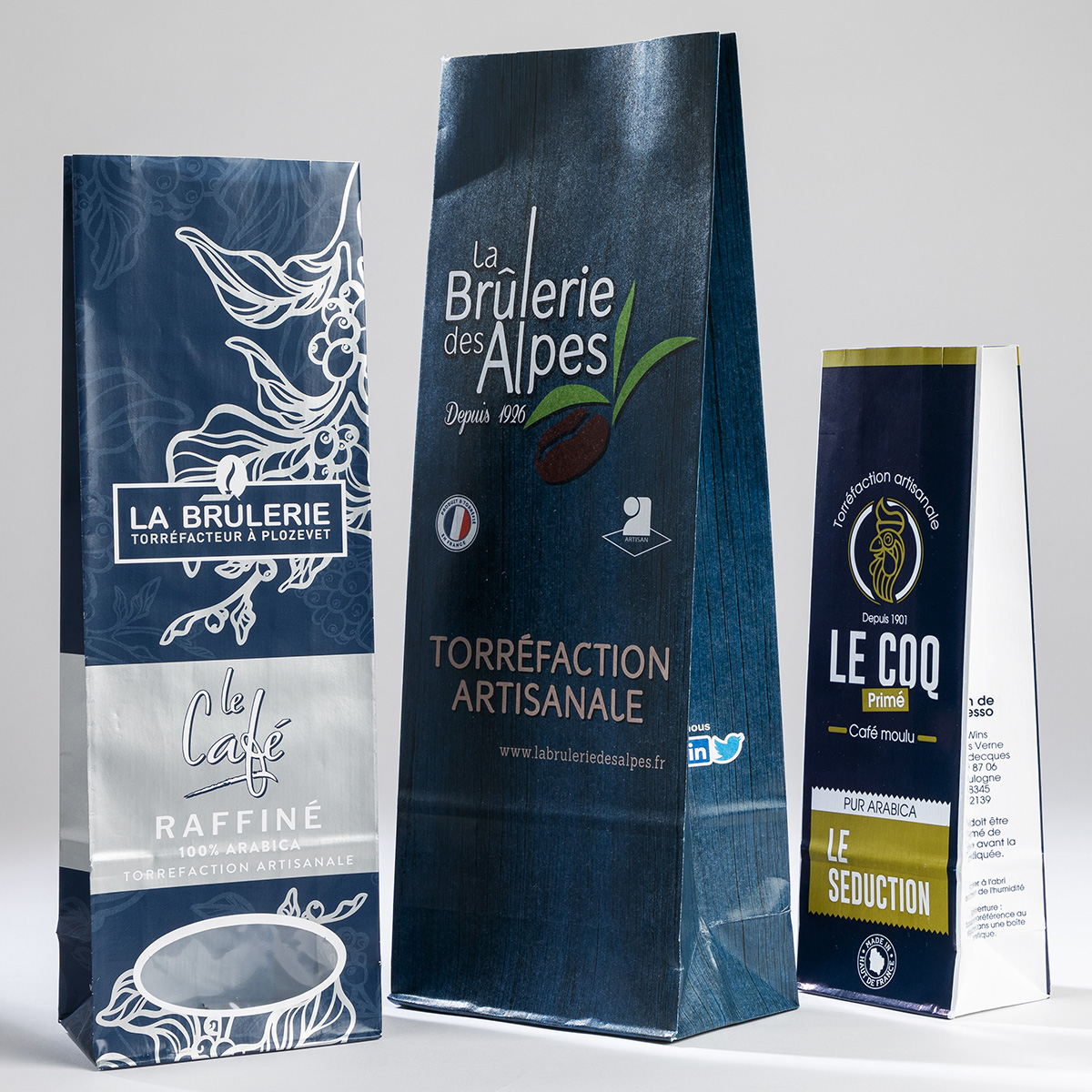Sustainability: compostability of bio bags

Composting is a relatively new phenomenon in the packaging world. There are many questions surrounding compostability and what to do with these bags after use. Please find below more information on what compostability means and a summary of the sorting directives for each country.
Biologically degradable versus compostable
Biopackaging is packaging that is made from renewable raw materials and/or is biologically degradable. Biologically degradable is therefore not the same as compostable.
Biologically degradable or biodegradable materials are broken down by micro-organisms (bacteria or fungi). Nothing is said about how long it takes for a material to be broken down or the outcome. Wood is an example of a biologically degradable material.
Compostable materials on the other hand are converted into compost by micro-organisms in the presence of oxygen, under specific conditions and in a specific length of time. Composting reduces the volume and weight of the raw materials. It transforms the raw materials into a soil improver: compost.
Home composting versus industrial composting
With composting there is nevertheless a difference between home and industrial composting [1]. In industrial composting, a material is broken down into high quality soil-improving compost in less than 12 weeks in an industrial composting installation.
The composting process of green waste in a professional installation runs according to these steps [2]:
- Pre-processing (mixing, reduction and setting up heaps)
- Composting process
- Post-ripening
- Refining or post-processing (cleaning and sieving into various grades)
In fact, this process cannot be compared to composting at home. In an industrial installation, the temperature of the compost heap can rise to 55-70°C. These are temperatures you cannot achieve in your own compost heap due to factors such as variable weather conditions. Naturally, this all has an effect on the quality of the compost.
The differences summarised:
| Industrial | Home | |
| Where | Industrial compost installation | Private compost heap, barrel or bin |
| Duration | 12 weeks | +/- 12 months (no guarantee) |
| Conditions | Constant (higher temperatures) | Variable (lower temperatures) |
| Result | High quality compost | Quality of compost strongly dependent on home composting conditions |
Industrial compostable packaging
When we refer to industrial compostable packaging, this is packaging that is compostable in industrial compost installations, including their components, inks and additives [3].
Packaging is compostable if it complies with European compost standard EN-13432. These are the 4 criteria with which it must comply [4]:
- Disintegration: At least 90% of the product must break down into particles of less than 2 mm within 12 weeks
- Biodegradation: The product must break down biologically into anorganic substances (CO2 and minerals) within 6 months.
- The maximum concentrations of heavy metals (Pb, Cr, Cd) may not be exceeded.
- Ecotoxicity: The product may not have any harmful effect on the (quality of) compost.
There are 2 independent recognised certification institutions, TÜV Austria and DIN Certco, who carry out the EN-13432 certification procedure There are also 2 accompanying logos, OK compost and the seedling logo.
The bio paper with bio film from Baginco has been certified by DIN Certco as industrially compostable. Contact the sales team for the correct seedling logo.
Sorting directives for bio bags
It should therefore be possible in theory for this packaging (bio paper with bio film) to be sorted with green waste. It is important to note that this is not permitted in all countries. There are various reasons for this [5].
On the one hand, the waste processing infrastructure is not (yet) equipped to process this compostable packaging. And on the other hand, it is possible for many sorting errors to occur whereby non-compostable packaging finds its way into green waste. This contaminates the process and has a negative impact on the quality of the compost. Always check this with the correct authorities that apply to you.
Here is a summary:
| Sorting directive | Authority | |
| Belgium | With residual waste, not green waste | Vlaco [6] or OVAM |
| France | With residual waste or composted | CITEO (Guide du tri) [7] or Adelphe |
| Netherlands | With residual waste, not green waste | Milieu Centraal [8] |

Footnotes:
[1] https://www.vlaco.be/composteerbare_kunststoffen
[2] https://www.vlaco.be/compost-gebruiken/wat-is-compost/het-professionele-composteringsproces
[3] https://www.tuv-at.be/green-marks/certifications/ok-compost-seedling/
[4] Bioplastics report
[5] https://www.vlaco.be/composteerbare_kunststoffen
[6] https://www.vlaco.be/green-afval
[7] https://www.citeo.com/le-mag/le-point-sur-les-emballages-compostables/
[8] https://www.milieucentraal.nl/minder-afval/afval-scheiden/bioplastic/
https://www.milieucentraal.nl/minder-afval/afval-scheiden/groente-fruit-en-tuinafval-gft




